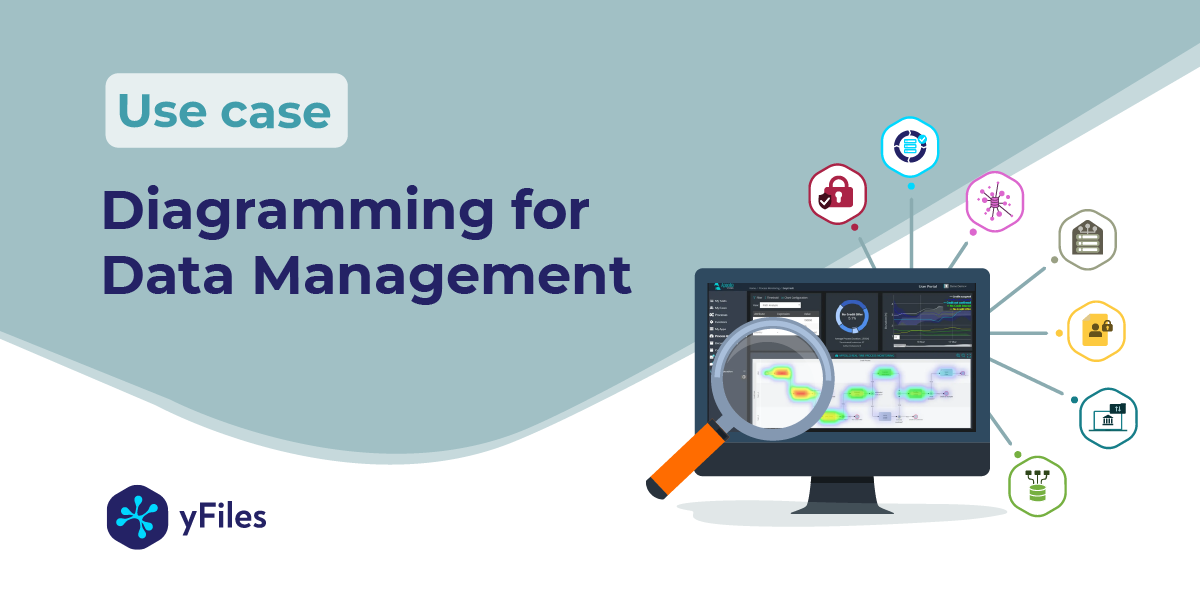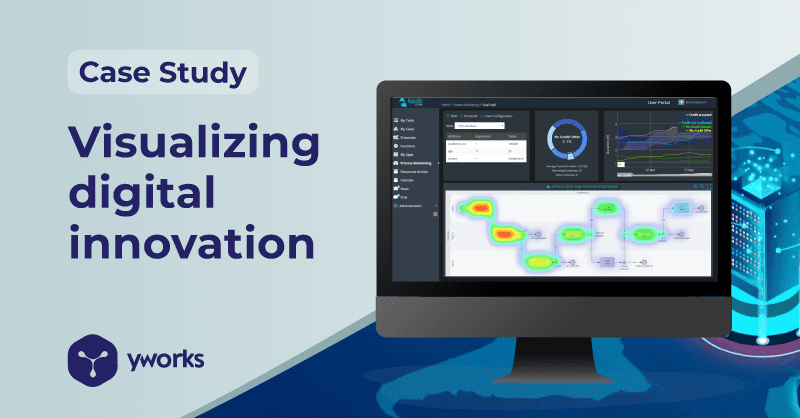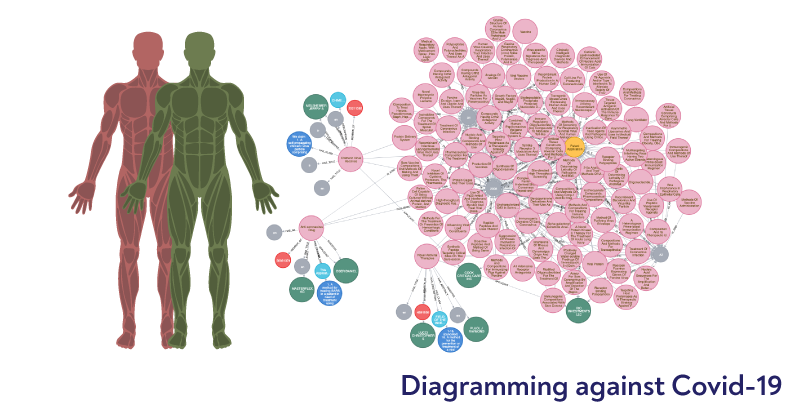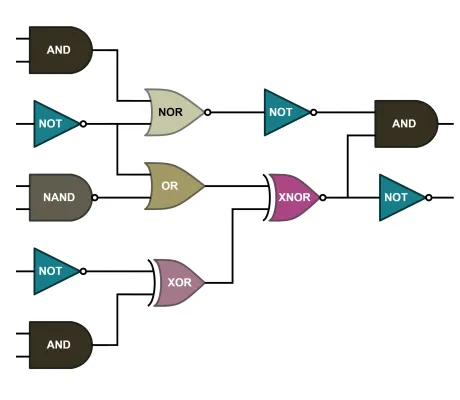References
Empowering Industries Through Diagramming
We are proud to showcase a diverse range of industries that have trusted our expertise in graph drawing
and visualization to solve complex problems and achieve their goals. Among our valued customers are
leaders in industries such as automotive, financial services, information technology, life sciences,
networking & telecommunications, research, and software engineering. Here are just a few examples of the
organizations that have partnered with us to unlock the power of data visualization and gain deeper insights into their data.
Contact us today to discuss your visualization challenges!
Over 20 years of diagramming – all over the world!
Engineering Design
The engineering design industry is responsible for developing complex products and systems across multiple domains, including aerospace, defense, and industrial equipment. With the increasing complexity of these products, there is a growing need to manage large volumes of data from various sources and gain insights from that data. Graph visualization and connected data provide a powerful solution for engineering design firms to improve their data management, enhance collaboration, and optimize their design processes.
By visualizing the relationships between different components and subsystems of a product, engineering design firms can better understand the interdependencies and optimize the design for efficiency and performance. For example, graph visualization can help engineers identify potential design flaws or bottlenecks in the system and suggest alternative solutions. In addition, connected data can help engineering firms integrate data from multiple sources, including CAD files, simulation results, and test data, to gain a holistic view of the product design and improve decision-making.
I liked working with yFiles, the graph component was a good mix between easy to start with, so I got something working fast, but also extensible enough so I then could add more complex pieces over time.Joel Byren, Sr. Software Engineer, ABB Robotics
References
Automotive
The automotive industry generates vast amounts of data from various sources, including smart vehicles and the Internet of Things (IoT). Graph visualization and connected data provide an ideal solution to help automotive companies analyze and understand this data, optimize their operations, and improve customer experiences. By visualizing relationships between data points such as vehicles, parts, suppliers, and customers, manufacturers can better understand their supply chains, identify defects, and trace them back to suppliers.
Connected data also plays a crucial role in the automotive industry, enabling manufacturers to integrate data from different sources such as manufacturing, supply chain, and customer feedback, to gain a holistic view of their operations and make data-driven decisions. With these tools, automotive companies can predict demand, adjust production accordingly, and stay competitive in a rapidly evolving market.
DTBOS has been a major milestone for Honda Research Institute. With yFiles and yWorks’ expert consultancy support, we implemented a highly scalable graph-based solution that helps us understand extremely complex systems. The application has delivered lasting value for our engineers and enables meaningful insights into large, connected data.Antonello Ceravola, Principal Scientist, Honda Research Institute Europe
References
Management Consulting
The management consulting industry is focused on helping organizations solve complex business problems and optimize their operations. In order to achieve these goals, consultants need to analyze and understand vast amounts of data from different sources, including financial reports, customer feedback, and industry trends. Graph visualization and connected data provide a powerful solution for management consulting firms to enhance their data analysis, gain valuable insights, and improve their decision-making.
With the increasing complexity of business operations and the growing amount of data available, management consulting firms need powerful tools to make sense of this data and provide actionable insights to their clients. Graph visualization and connected data enable consultants to identify relationships and patterns within large and diverse datasets. By integrating data from multiple sources, including internal and external data sets, consultants can provide clients with a comprehensive view of their operations and identify areas for improvement. Furthermore, graph visualization enables consultants to communicate complex data insights in a visually intuitive way, allowing clients to quickly understand the findings and take action to improve their operations.
Overall, graph visualization and connected data are critical tools for the management consulting industry, helping firms to analyze complex data sets, gain valuable insights, and deliver effective solutions to their clients. By leveraging these technologies, management consultants can help their clients optimize their operations and achieve their strategic goals.
References
Information Technology
The information technology industry generates vast amounts of data from various systems and applications. Graph visualization and connected data provide a solution by offering a visual representation of complex data sets and enabling the integration of data from different sources. Graph visualization allows IT professionals to better understand relationships between different components in a system, while connected data provides a holistic view of systems by integrating data from different sources. These technologies enable IT teams to optimize system performance, prevent downtime, and deliver reliable and secure technology solutions to their organizations.
Another key benefit of graph visualization and connected data is their ability to help organizations identify hidden relationships and patterns in their data. This can be especially valuable in areas such as cybersecurity, where identifying and responding to threats quickly is essential. By analyzing data from multiple sources and identifying potential security threats before they become major issues, IT teams can stay ahead of the curve in today's fast-paced business environment. Overall, graph visualization and connected data are essential tools for the information technology industry, enabling IT professionals to better manage and analyze their data, optimize system performance, prevent downtime, and deliver reliable and secure technology solutions to their organizations.
References
Life Sciences
The Life Sciences industry, which includes fields such as biotechnology, pharmaceuticals, medical devices, and healthcare, relies heavily on the ability to visualize and analyze complex data sets. Graph visualization and connected data have become increasingly important tools for scientists and researchers in these fields to make sense of the vast amounts of data generated in their work. For example, in biotechnology, graph visualization can be used to analyze gene expression data and identify relationships between genes and disease states. In pharmaceuticals, graph visualization can help researchers identify potential drug targets and better understand the underlying mechanisms of diseases. And in medical devices and healthcare, graph visualization can help clinicians analyze patient data and identify personalized treatment options.
One area where graph visualization and connected data are particularly important in the Life Sciences industry is precision medicine. By integrating data from sources such as electronic health records, genomics data, and clinical data, graph visualization enables researchers to develop personalized treatment plans for patients based on their unique genetic and medical profiles. This approach has the potential to revolutionize healthcare by providing more effective and targeted treatments that are tailored to each individual patient. Overall, graph visualization and connected data are essential tools for advancing research and discovery in the Life Sciences industry, and are likely to become even more important as the amount of data generated in these fields continues to grow.
References
Networking & Telecommunication
The Networking & Telecommunications industry is constantly evolving to meet the ever-increasing demand for faster and more reliable connectivity. As networks become more complex, it is increasingly important to have effective tools to manage and analyze network data. Graph visualization and connected data are essential tools for network operators and administrators to understand the relationships between network elements and to identify potential issues before they become major problems.
One use case for graph visualization in the Networking & Telecommunications industry is network security. By visualizing network data as a graph, security professionals can identify potential threats and quickly take action to mitigate them. Graph visualization can also be used to identify patterns in network traffic and to optimize network performance. In addition, graph visualization can help network operators and administrators troubleshoot network issues more quickly and effectively. Overall, graph visualization and connected data are becoming increasingly important tools for managing and analyzing complex networks in the Networking & Telecommunications industry. By providing insights into network relationships and performance, these tools can help network operators and administrators ensure that their networks are secure, reliable, and optimized for performance.
References
Financial Services
The Financial Services industry is another sector that greatly benefits from graph visualization. With massive amounts of data being generated daily, traditional methods of data analysis are no longer sufficient for managing and analyzing financial information. Graph visualization can help financial institutions detect fraudulent activities and mitigate risk by identifying patterns in the data that may not be apparent with traditional approaches. Additionally, graph visualization can provide insights into customer behavior and preferences, enabling financial institutions to develop more targeted and personalized products and services.
With graph visualization, financial services companies can also gain a comprehensive view of their operations, including cross-border transactions, supply chains, and regulatory compliance. This enables them to make better-informed decisions, reduce costs, and improve customer satisfaction. By visualizing complex relationships and data points, financial institutions can easily identify issues and opportunities, leading to greater efficiency, profitability, and overall success.
References
Software Engineering
In the world of software engineering, graph visualization can play a critical role in analyzing and understanding complex software systems. With software applications becoming increasingly complex and interconnected, it's essential to have a visual representation of how the different components and modules interact with one another. By visualizing these relationships and dependencies, software engineers can identify potential areas of improvement, optimize system performance, and reduce errors and bugs.
Moreover, graph visualization can help software engineers create more effective testing and debugging strategies, saving time and resources in the development process. With an intuitive and interactive visual representation of the software architecture, developers can quickly identify and fix issues, leading to faster release cycles and improved software quality. Additionally, graph visualization can aid in the design and development of new software systems, enabling software engineers to create more scalable, modular, and efficient applications.
References
Academic Research
Graph visualization plays an important role in the field of academic research, particularly in the areas of mathematics, computer science, and other related fields. Graphs can help researchers understand complex data sets, discover hidden patterns, and explore relationships between various data points. The field of graph drawing, in particular, focuses on the development of algorithms and techniques for visualizing graphs, making it an essential part of academic research in many different fields.
Many universities and research institutions rely on graph visualization tools and expertise to support their research efforts. Whether it's analyzing social networks, studying the spread of infectious diseases, or visualizing large-scale data sets, graph visualization provides researchers with a powerful tool for gaining insights into complex data. By leveraging the latest techniques and technologies in graph visualization, academic researchers can unlock new insights and make groundbreaking discoveries.
References
Research
In the research industry, graph visualization can be an essential tool for analyzing complex data and uncovering hidden patterns and relationships. Researchers often work with large and complex datasets that can be challenging to understand and visualize. Graph visualization can help researchers overcome these challenges by providing an intuitive and interactive representation of the data. With graph visualization, researchers can easily explore the data, identify patterns, and gain insights that may not be apparent from traditional data analysis methods.
Moreover, graph visualization can help researchers communicate their findings more effectively. With a clear and concise visual representation of the data, researchers can convey complex information in a way that is easy to understand for a broad audience. This can be particularly useful in interdisciplinary research projects, where researchers from different fields may have varying levels of familiarity with the data. By using graph visualization, researchers can facilitate collaboration and knowledge sharing, leading to more innovative and impactful research outcomes.
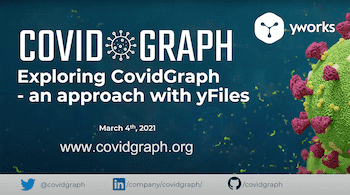
Additional links
References
And there are many more industries that place their trust in yWorks' expertise
While we have covered several industries where graph visualization can be highly beneficial, there are many more fields that can take advantage of this technology. For instance, in the logistics industry, graph visualization can help optimize supply chain management and enhance transportation planning. In e-commerce, graph visualization can assist in product recommendations and fraud detection. In education, graph visualization can aid in learning analytics and network analysis of scholarly collaborations.
Similarly, in the energy and utilities industry, graph visualization can facilitate better management of energy grids and pipeline networks. In marketing and advertising, graph visualization can help analyze social media trends and consumer behavior. In the public sector, graph visualization can aid in policy analysis, resource allocation, and crisis management. With its ability to uncover hidden connections and patterns in complex data, graph visualization has the potential to revolutionize decision-making in a wide range of industries.
Explore the interactive yFiles demos that show the SDK’s strengths in company structures. The source code of the demos is included in yFiles – even in the free trial!
Do you have a graph drawing challenge?
However, if you don't see your industry or use case listed, don't hesitate to reach out to us. Our team of experts can help you identify opportunities to leverage graph visualization for your specific needs and challenges. Let us help you unlock the power of your data and make more informed decisions.
Ask our Customer Success Team!
We are pretty sure yFiles can support your use case, too.
Just talk to us – no strings attached!

you might want to explore
Why, how, what? —Just ask the diagramming experts!

Our team is happy to advise you – no strings attached. Let's talk about your project and find the perfect solution for your needs!
E-mail: hello@yworks.com
Your message has been sent.
Your request could not be sent. Please reload the page and try again.
If the problem persists, please report the error to webmaster@yworks.com.
Learn more in our privacy policy.



